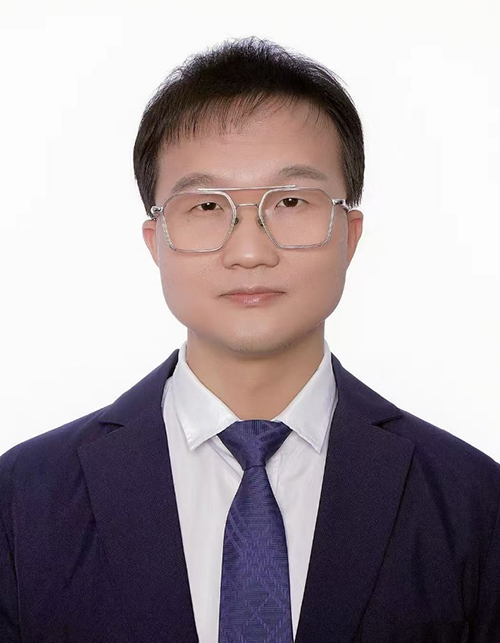The 6th International
Symposium on Thermal-Fluid Dynamics
(ISTFD 2025)


The 6th International
Symposium on Thermal-Fluid Dynamics
(ISTFD 2025)

Dr. Yi Huang
Research Institute of Aero-engine, Beihang University, China
E-mail: huangyi_buaa@buaa.edu.cn
Bio
Yi Huang is an Associate Professor (Excellence 100 Talents Program) and Ph.D. Supervisor at the Research Institute of Aero-engine, Beihang University. He received his Ph.D. from Nanyang Technological University (NTU), Singapore in 2016 and continued his postdoctoral research at NTU. His research focuses on advanced cooling technologies, including novel cooling configurations, microscale enhanced heat transfer, and thermal design of ceramic matrix composite (CMC) turbine blades. He has published over 40 SCI papers in top-tier journals such as Advanced Materials, Small, International Journal of Heat and Mass Transfer, and Applied Thermal Engineering, with over 900 citations. He has led projects funded by the National Natural Science Foundation of China, the National Key R&D Program, the Horizon Europe Program, and the Advanced Aero Power Innovation Workstation. Dr. Huang is a core member of the GF Science and Technology Innovation Team.
Title
AC Electric Field-Induced Interfacial Regulation of Microdroplets
Abstract
Droplet-based microfluidics, as a key component in lab-on-a-chip technology, primarily manipulates microdroplets through the fluid shear effect and additional control over individual droplet behaviors using external actuation. Recent advancements in interfacial regulation technology for microdroplets like electro-coalescence have enabled high programmability, exceptional monodispersity, and versatility. These features enable its use as a versatile tool for widespread applications including energy engineering, aeronautics and astronautics, biological and material science.
This study investigates the electro-coalescence of single- and multi-component aqueous droplets, as well as the controllable behaviors of organic droplet in AC electric field. The results show that droplet coalescence in different flow parameters can be achieved in milliseconds by adjusting the electrical conditions. The influence of flow conditions, electrical parameters, electric designs, and fluid properties are given our attention. Two primary mechanisms—dipole-dipole interactions and interfacial polarization—are identified. Conductivity is identified as the primary factor governing the balance between these two mechanisms. For non-aqueous emulsions, typical behaviors of organic droplets surrounded by organic medium (o/o emulsions) with different functional groups like alkyl, hydrocarbon, hydroxyl, and ester, are controlled by the AC electric field. We innovatively identify the key dimensionless number Wee∙Ca, combined with the Maxwell-Warnger relaxation and channel geometry. A comprehensive analysis of flow regime transitions is conducted to elucidate electrohydrodynamic behavior and support the design of a multi-parameter control model for o/o emulsions. MPCH, a hydrated salt/hydrogel composite phase change material, is proposed based on the above findings. The versatile configuration of the dispersed and continuous phases allows for on-demand control over phase transition temperatures and mechanical properties in realistic scenarios. This approach offers a new concept to broaden the application ranges of inorganic phase change materials.